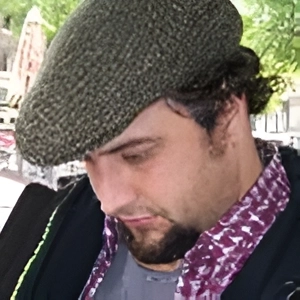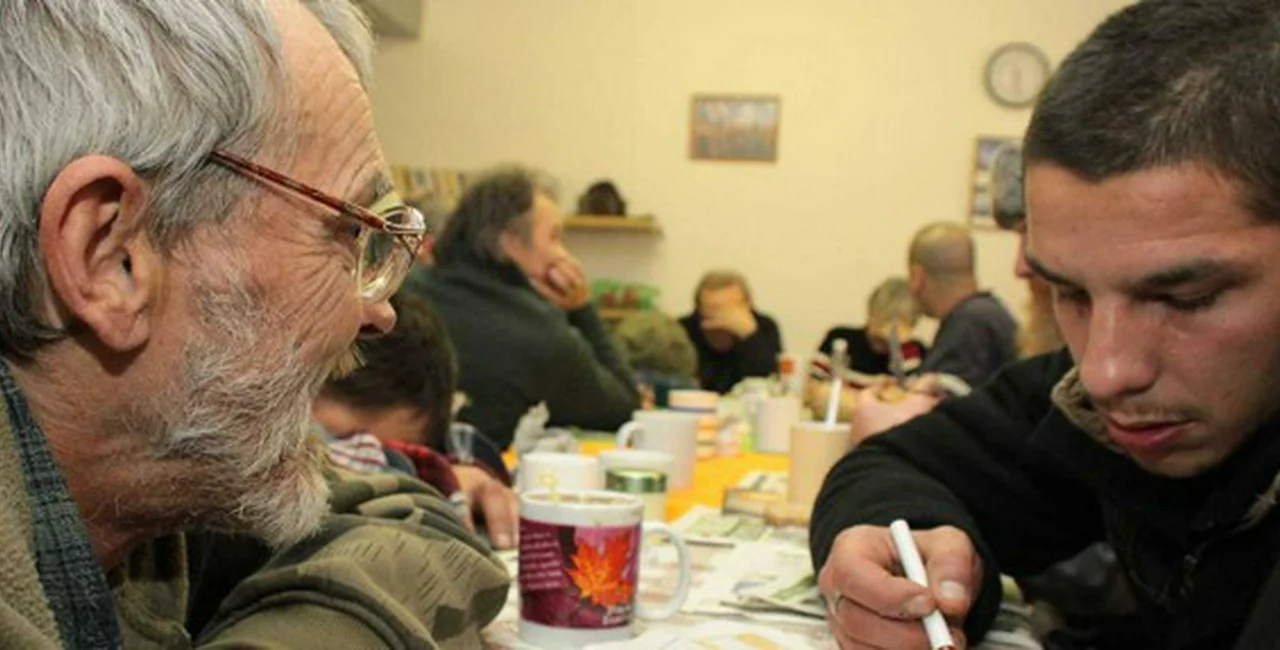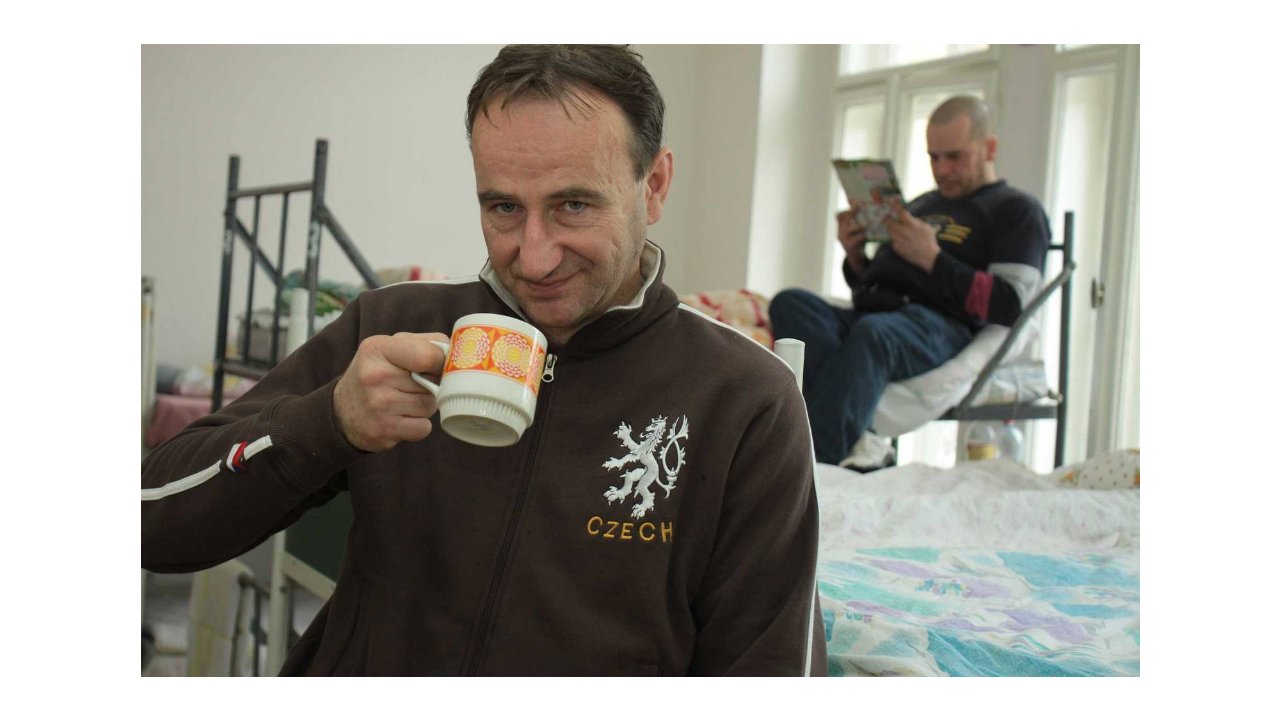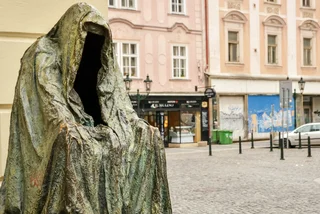The exact number of homeless people in Prague is not easy to tally, for obvious reasons. However, a census of the city’s homeless was carried out in 2004. It found 3,096 people without a roof over their head. Last year’s count places the number at a little over a thousand.
Providing More than Hope
Petra Lakatošová, the director of Naděje (which means hope) in Prague, estimates the number of homeless people at around 4,000. According to their annual report, 2,735 people use Naděje’s services, which range from boarding houses and shelters to streetwork, where the organization ventures to the places where homeless are most likely to be.
People can end up on the street for many reasons. Losing employment, losing their residence, poor health, indebtedness, and relationship breakdown were some of the reasons mentioned.
“A social safety net is set up, but a certain group of people fall through it,” Lakatošová said as to why, despite the Czech welfare system, some people end up in such a critical situation. One concrete example Lakatošová gave of how people can end up homeless is if the primary caregiver of a mentally-challenged person dies, and no one else is there to provide care. Without anyone to organize official paperwork connected to benefits, the mentally-challenged may end up on the streets. This is one of many reasons.
Having one’s documents in order is an important step in returning people to a more independent and (for want of a better term) “normal” life, so this is an important service which Naděje provides.
Point of Contact
“Without an ID card, they can’t even get part-time work or accommodation,” Daška Zemanová told me.
Zemanová is the head of the Naděje drop-in center on U Bulhara, found underneath the highway flyover near the main train station. It was -3 C on the day I visited. People queued, waiting for tea. Many more were inside waiting to see the doctor or social worker or simply taking respite from the cold.
In winter, U Bulhara may deal with as many as 450 people a day. People come for breakfast and a warm lunch on weekdays. On weekends, there is one meal. The homeless also have opportunities to wash and change into clean clothes. Beyond the material assistance, the center and others like it restore a degree of dignity, which is in short supply in other aspects of society.
Zemanová stresses that many of the people who come through the center are far from being dirty and jobless as they are often portrayed in the media. Most are clean and some go to work, but simply need a boarding house. A larger number of people from the middle class have ended up on the streets due to debts and property seizure. The recent financial crisis is one factor in the increase, Zemanová has observed.
“Thanks to that, there isn’t any prevention against a person ending up on the street,” she said with a certain resignation.
A Point of Return
Kateřina Kováříková, a social worker at the Saint Therese (Svatá Terezie) shelter in Karlín, reiterated that public perception of homeless people is skewered.
“The people with drinking problems living on the streets are only the tip of the iceberg,” she said.
The people who come to the shelter are, in her experience, polite and look after themselves. That they end up homeless is a culmination of bad circumstances.
“One recent homeless person was a woman who lost her husband. Her husband had accrued debts, so she lost her rental property,” Kováříková gave as an example. The woman had no immediate family to turn to, and so ended up homeless.
The Saint Therese shelter is run by Charita. The site provides both limited long-term accommodation for up to six months, or 1 year in the case of seniors. The men are housed two to a room. They have a bed and a wardrobe. One man told me he was satisfied there. He only lacked someone to play chess with. Another man we encountered while going around the building complained to Kováříková about his room. But on the whole, everyone else smiled at her and spoke calmly.
The site also has a boarding house where people can stay only for the night. The maximum period is 21 stays. By this stage, Charita tries to get the people into a proper shelter and work to get them back into society. One of the reasons for the limited time periods is that it acts as a motivation. Lastly, the Saint Therese shelter has a canteen and facilities for men to wash their clothes.
“The freshest example of how we help is a client who recently left us. He was a long-term client for about for 12 years. He was a former alcoholic and lived on the streets. He started coming to the boarding house. We moved him to the shelter and now he’s in a commercial rental,” Kováříková said.
Home for Homeless
On the outskirts of Prague in the district of Dubeč is a private independent shelter called Dům Agapé. Run by Eduarda Heczková, the shelter provides living space for people in need. Heczková is a Lutheran pastor and has some experience of homelessness herself. She was without a permanent place to stay for four months. Yet she is grateful for this time.
“[God] gave me understanding for these people and I experienced how God helps people,” she said about her experience. Though religious, Heczková pointed out that belief is not a condition for people to stay with her.
Dům Agapé provides a place to stay along with help reintegrating. However, it is independent, so unlike the shelters of Naděje and Charita, no social workers are on staff. On the other hand it was evident on my visit that creating some type of home for the people who stay with her is paramount. Heczková is visibly delighted when she informs me that the people, whether young or old, call her “Mom”.
“Homeless people don’t only lack a house, but also a feeling of home,” she said.
On the Frontline
While the extremely destitute are only one example of the homeless, they are still need of relief. Many groups, large and small, are doing outreach work. Food Not Bombs is one of the most well-known. A Methodist parish based in Strašnice also brings food and sometimes fresh clothes every Wednesday at 18:00 outside the main train station.
If one recent evening is any indication, it is an orderly event. After taking the soup people either go off alone or mill in small groups. The pastor there said about 75 people come on average. Apart from the sustenance and warmth, I got the impression it was an opportunity for people to enjoy some social contact. A few knew each other by name and the tone used was generally one of mutual respect. Sadly, this moment of respite is all too brief. After the meal, the people place the used bowls in the bin and trudge out into the dark and cold.
Getting Involved
All the organizations would appreciate any donation, either financial or material. Monetary donations can be made to the accounts of the organizations which are in the links below:
If you want to make a donation of food or clothes, I’d recommend getting in touch with the organization to find out what they need. Long-lasting foodstuffs like pasta or tinned goods are recommended, and clothes should be clean and not threadbare. Also, it’s a good idea to check what type of clothes. Now, winter clothes are obviously needed.
No one is going to pretend that homeless or poverty will disappear, but these groups are all contributing in some way.
Related articles












 Reading time: 6 minutes
Reading time: 6 minutes 



































